Acne Treatment Selector
Find Your Best Acne Treatment
Answer these 3 questions to get personalized recommendations for your specific skin concerns.
Your Personalized Acne Treatment Recommendations
When tackling acne, many turn to Clindamycin gel is a prescription‑strength topical antibiotic that targets the bacteria Propionibacterium acnes and reduces inflammation. It’s been a go‑to for moderate‑to‑severe breakouts, especially when inflammation is the main issue.
Quick Takeaways
- Clindamycin gel fights bacteria and inflammation but can cause antibiotic resistance if overused.
- Benzoyl peroxide kills bacteria quickly and works well with clindamycin, but can be drying.
- Adapalene and tretinoin remodel skin cells, tackling clogged pores rather than bacteria.
- Azelaic acid offers antibacterial and brightening benefits with minimal irritation.
- Oral doxycycline attacks bacteria from the inside and is useful for widespread acne.
How Clindamycin Gel Works
Clindamycin belongs to the lincosamide class of antibiotics. It binds to the 50S ribosomal subunit of Propionibacterium acnes, halting protein synthesis and stopping bacterial growth.
Because it’s applied directly to the skin, systemic side effects are rare. Most people notice a drop in red bumps within a week, but the full effect can take 4-6 weeks.
Common Alternatives and How They Differ
Below are the most widely used topical options you’ll see on a pharmacy shelf or prescribed by a dermatologist.
Benzoyl peroxide is an over‑the‑counter oxidizing agent that releases free radicals to kill acne‑causing bacteria and unclog pores. It comes in strengths from 2.5% to 10% and can cause dryness or a temporary bleaching of fabrics.
Adapalene is a third‑generation retinoid that normalises skin cell turnover. It’s less irritating than older retinoids and works well for comedonal acne (blackheads and whiteheads). Typical concentrations are 0.1% (OTC) and 0.3% (prescription).
Tretinoin is a first‑generation retinoid that accelerates exfoliation and reduces hyper‑pigmentation. It’s powerful, so beginners often start with a low dose (0.025%).
Azelaic acid is a dicarboxylic acid that both kills bacteria and gently exfoliates. It’s favourite for rosacea‑prone skin because it rarely stings. Formulations range from 10% (OTC) to 15% (prescription).
Doxycycline is an oral tetracycline antibiotic taken once or twice daily. It reaches the skin through the bloodstream and is useful when acne is widespread or resistant to topicals.
Salicylic acid is a beta‑hydroxy acid that dissolves the glue holding dead skin cells together, keeping pores clear. It’s common in cleansers and spot‑treatment pads at 0.5%-2% concentrations.
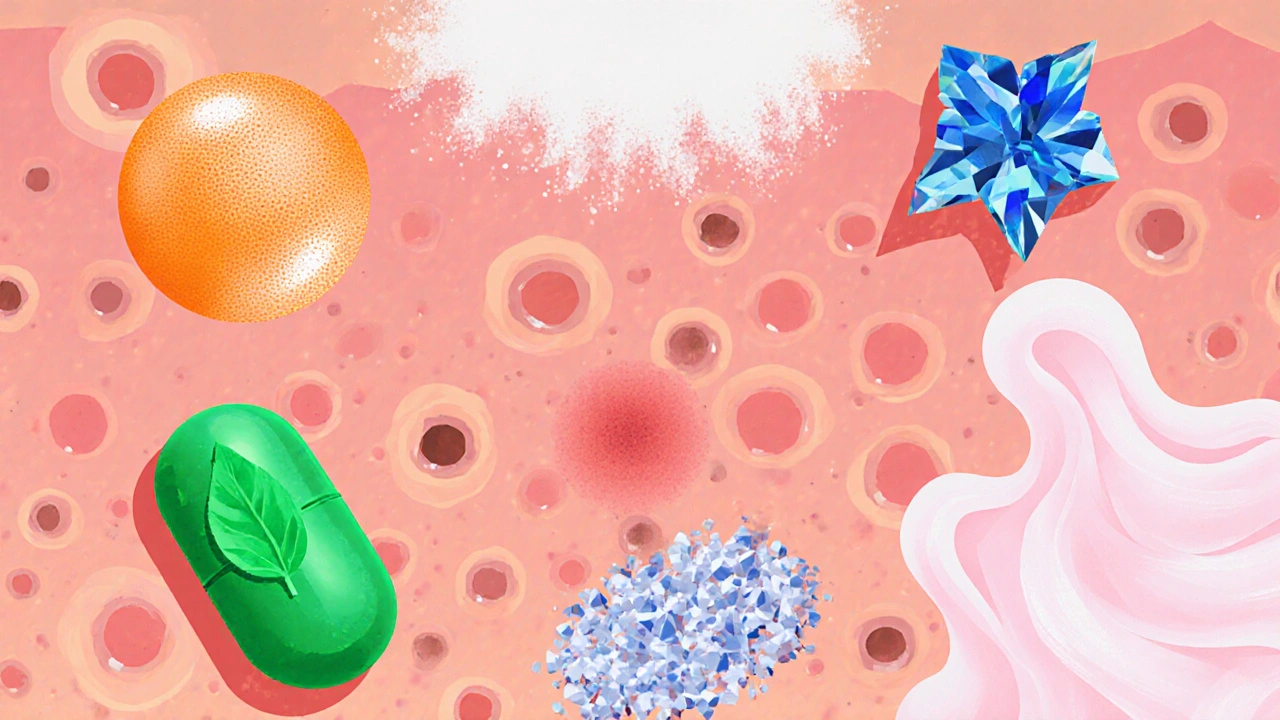
Side‑Effect Snapshot
- Clindamycin gel - mild irritation, itching, possible antibiotic resistance.
- Benzoyl peroxide - dryness, peeling, bleaching of clothing.
- Adapalene - initial redness, peeling; usually subsides after 2 weeks.
- Tretinoin - pronounced peeling, sun sensitivity.
- Azelaic acid - mild tingling, rare itching.
- Doxycycline - stomach upset, photosensitivity, rare yeast infection.
- Salicylic acid - dryness, occasional stinging.
Comparison Table
| Feature | Clindamycin gel | Benzoyl peroxide | Adapalene | Tretinoin | Azelaic acid |
|---|---|---|---|---|---|
| Primary Action | Antibiotic (bacterial inhibition) | Oxidizing bactericide | Retinoid (cell turnover) | Retinoid (cell turnover) | Antibacterial + keratolytic |
| Typical Strength | 1% (prescription) | 2.5%-10% (OTC) | 0.1%-0.3% | 0.025%-0.1% | 10%-15% |
| Best For | Inflammatory papules/pustules | Oil‑rich skin, mild‑moderate acne | Comedonal acne, sensitive skin | Severe acne, post‑inflammatory hyperpigmentation | Acne + rosacea, pigmentation |
| Common Side Effects | Irritation, resistance risk | Dryness, bleaching | Redness, peeling | Peeling, sun sensitivity | Tingling, rare itching |
| Prescription Needed? | Yes | No (up to 5%) | OTC (0.1%) or prescription (0.3%) | Yes | OTC (10%) or prescription (15%) |
Choosing the Right Option for Your Skin
Ask yourself these three questions before picking a product:
- Is my acne mostly inflamed (red, painful) or clogged (blackheads/whiteheads)?
- Do I have a history of skin irritation or allergies?
- Am I okay with a prescription visit, or do I prefer over‑the‑counter solutions?
If inflammation dominates, Clindamycin gel or a combination of clindamycin with benzoyl peroxide often works best. For clogged pores with minimal redness, try adapalene or salicylic acid. If you’re also battling dark spots, tretinoin or azelaic acid adds a brightening benefit.
Many dermatologists prescribe a combo: clindamycin plus benzoyl peroxide. The antibiotic handles bacteria, while the peroxide prevents resistance and reduces oil.
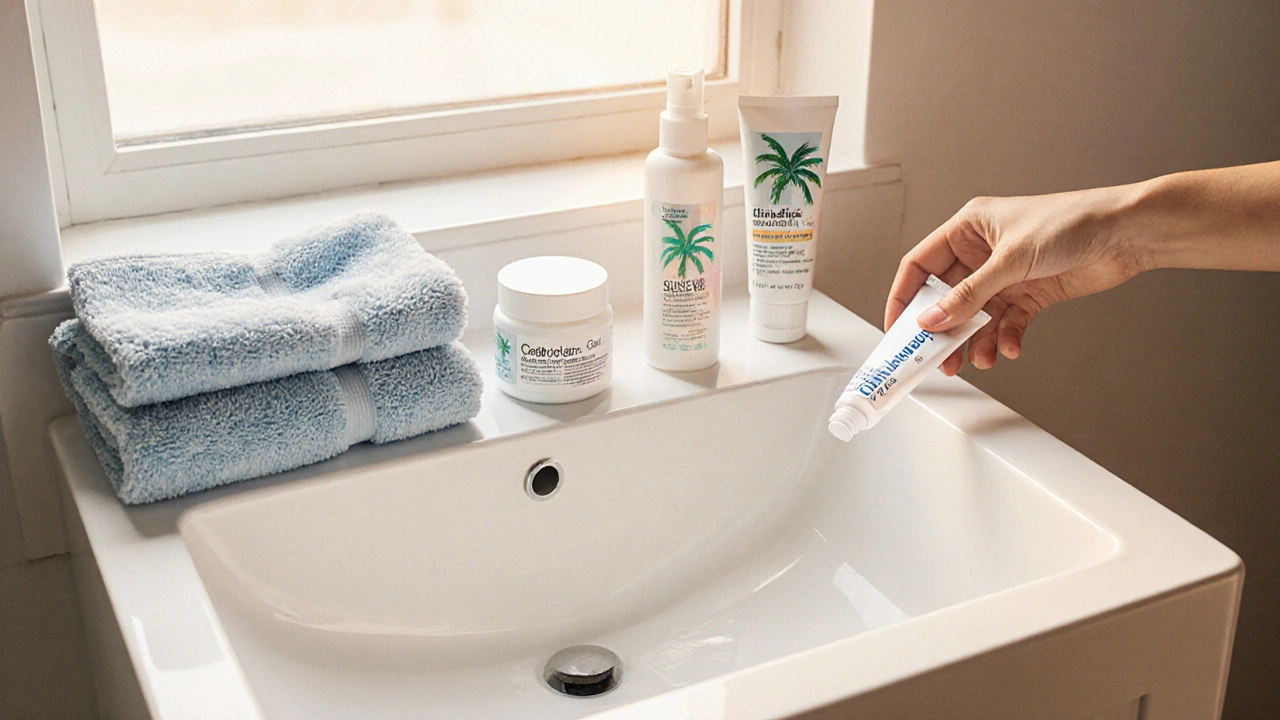
How to Use Clindamycin Gel Safely
- Wash your face with a gentle cleanser and pat dry.
- Apply a thin layer of clindamycin gel to the affected area once or twice daily, as directed.
- Wait 5-10 minutes before layering a moisturizer to lock in hydration.
- Never combine with other topical antibiotics without professional advice.
- Use sunscreen daily-retinoids and benzoyl peroxide increase sun sensitivity.
If you notice persistent itching, worsening redness, or a rash, stop use and contact a healthcare provider. A short break or a switch to a lower‑strength formulation can often rescue the skin.
Frequently Asked Questions
Can I use clindamycin gel with other acne products?
Yes, but pair it with non‑antibiotic actives like benzoyl peroxide or a gentle moisturizer. Avoid stacking two antibiotics (e.g., clindamycin + erythromycin) to prevent resistance.
How long does it take to see results?
Most users notice reduced redness within 7‑10 days, but full improvement can take 4‑6 weeks. Consistency is key.
Is clindamycin gel safe during pregnancy?
Studies suggest limited systemic absorption, but many doctors avoid it in the first trimester. Always discuss with your obstetrician before starting.
What’s the biggest downside of using clindamycin gel?
Antibiotic resistance if used long‑term without a second agent like benzoyl peroxide. That’s why combo therapy is common.
Can over‑the‑counter products replace a prescription?
For mild acne, OTC options like 2.5% benzoyl peroxide or 0.1% adapalene work well. Moderate‑to‑severe cases usually need a prescription such as clindamycin gel.
How does clindamycin compare cost‑wise?
A 30‑day supply typically costs between £15‑£30 in the UK, depending on brand and pharmacy. OTC alternatives like benzoyl peroxide are often under £10.
Bottom Line
If your breakout is mainly red and inflamed, Clindamycin gel remains a solid choice-especially when paired with benzoyl peroxide to keep resistance at bay. For clogged pores or very sensitive skin, look at adapalene, azelaic acid, or salicylic acid. Always consider your skin type, budget, and whether you need a prescription. And remember: consistency, sunscreen, and a simple routine usually beat the most complicated cocktail of products.
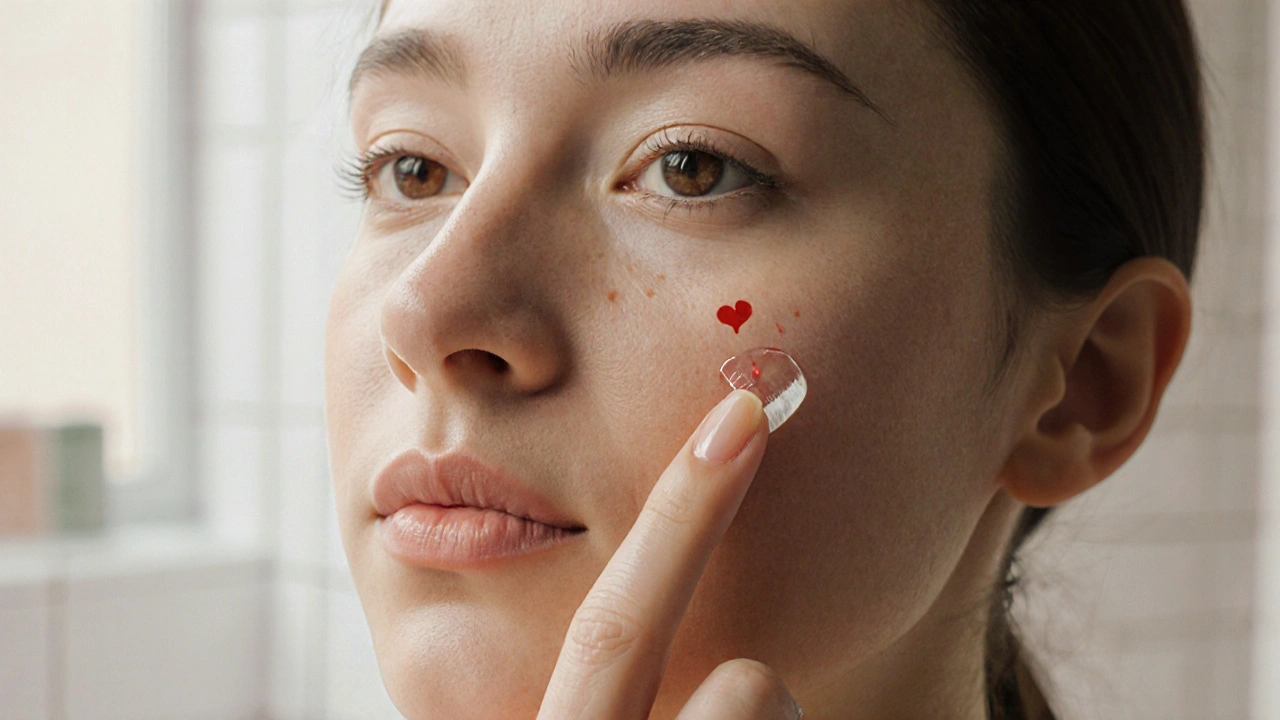
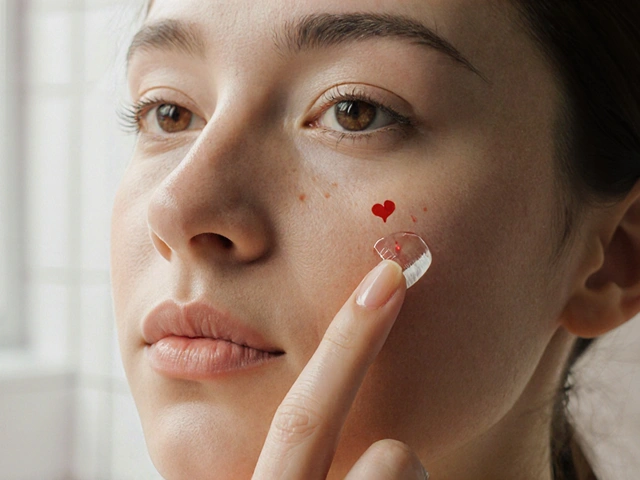
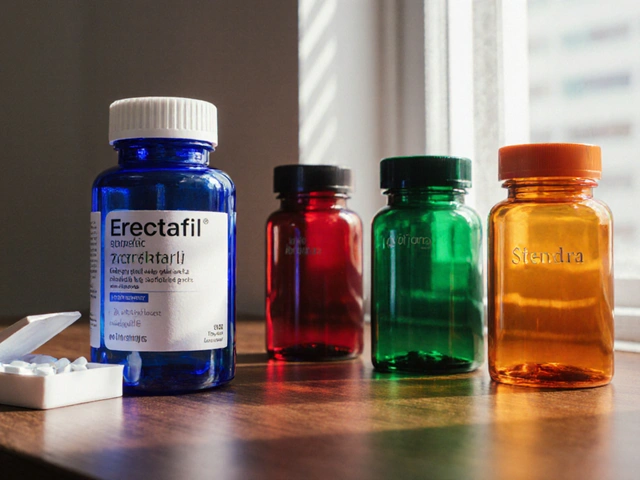
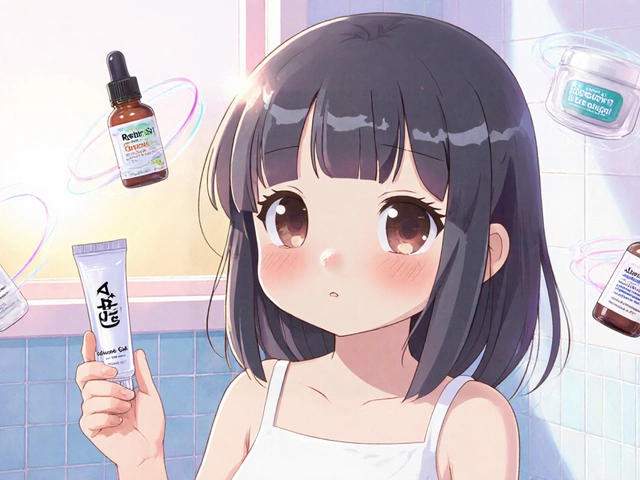
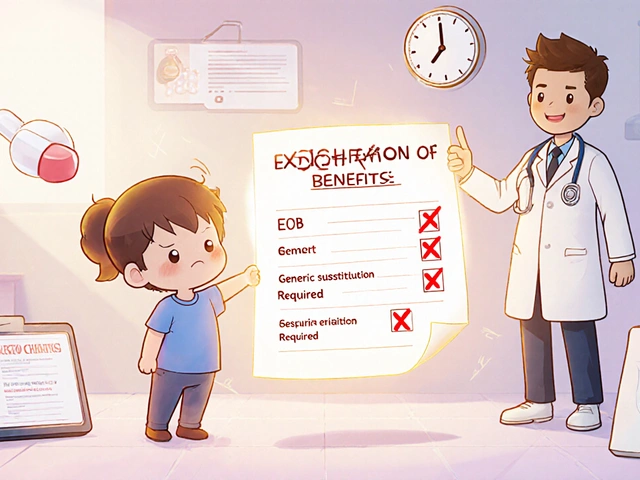


Daisy Aguirre
October 12, 2025 AT 06:03Wow, this deep dive into clindamycin gel really paints a vivid picture of how it stacks up against the gang of acne heroes out there! I love how you broke down the pros and cons with such bright clarity-feels like a sunrise after a night of breakouts. For anyone juggling oily skin and sensitive patches, the combo tip with benzoyl peroxide is pure gold. Keep the upbeat energy flowing; it’s the kind of guidance that makes the acne battle feel conquerable!
Natalie Kelly
October 13, 2025 AT 15:23Yea this is super helpful. Thx for the quick rundown.
Tiffany Clarke
October 15, 2025 AT 00:43Another reminder that my skin will never be perfect.
Sandy Gold
October 16, 2025 AT 10:03While the author dutifully presents a compendium of topical agents, the underlying pharmacological nuance is regrettably glossed over.
One must appreciate that clindamycin’s mechanism, binding to the 50S ribosomal subunit, is not merely a footnote but a cornerstone of bacterial inhibition.
Yet the article cavalierly juxtaposes it with over‑the‑counter agents without addressing the pivotal issue of microbial resistance.
A seasoned dermatologist would balk at recommending monotherapy with clindamycin beyond a brief course.
Moreover, the discussion neglects the emerging data on sub‑inhibitory concentrations fostering resistant strains.
The table, though aesthetically pleasing, masks the fact that benzoyl peroxide’s oxidizing action is fundamentally different from an antibiotic.
Equating their efficacy in a single column betrays a superficial grasp of dermatologic pharmacodynamics.
Adapalene’s retinoid activity, via modulation of nuclear retinoic acid receptors, offers comedolytic benefits that the piece barely scratches.
Tretinoin, with its profound epidermal turnover acceleration, is dismissed as merely “powerful,” ignoring its role in collagen remodeling.
Azelaic acid, a dicarboxylic miracle, not only curbs P. acnes but also attenuates melanin synthesis-an angle the author omits.
The omission of combination therapy nuances, such as clindamycin‑benzoyl peroxide synergy, is a glaring oversight.
Even the side‑effect snapshot fails to mention the psychosocial impact of bleaching clothes, a concern for many patients.
From a cost‑effectiveness perspective, the article’s price comparison is rudimentary, lacking pharmacy‑wide data.
Readers would benefit from a discussion on formulary restrictions that dictate prescribing patterns in various health systems.
In sum, the piece serves as a superficial overview rather than a rigorous, evidence‑based guide.
Future revisions should incorporate meta‑analyses and real‑world adherence studies to truly empower the lay reader.
Frank Pennetti
October 17, 2025 AT 19:23Honestly this read feels like a watered‑down pharma brochure-nothing groundbreaking.
Adam Baxter
October 19, 2025 AT 04:43Let’s keep pushing, clear skin is within reach!
Keri Henderson
October 20, 2025 AT 14:03You’ve got this! Stick to the routine, add a gentle moisturizer, and protect with SPF daily.
elvin casimir
October 21, 2025 AT 23:23Just a heads‑up: “its” should be “it’s” in the sentence about its side‑effects, and “effect” needs an “s” when referring to multiple outcomes.
Steve Batancs
October 23, 2025 AT 08:43In reviewing the presented data, it becomes evident that a judicious combination of clindamycin with benzoyl peroxide may optimize therapeutic outcomes while mitigating resistance.
Ragha Vema
October 24, 2025 AT 18:03Can you believe they don’t tell us that big pharma secretly pushes benzoyl peroxide to keep us buying endless creams? The drama behind acne treatments goes deeper than skin!
Scott Mcquain
October 26, 2025 AT 02:23It is imperative, therefore, that individuals consider the ethical implications of using antibiotics indiscriminately; responsible usage safeguards not only personal health, but also the broader community!